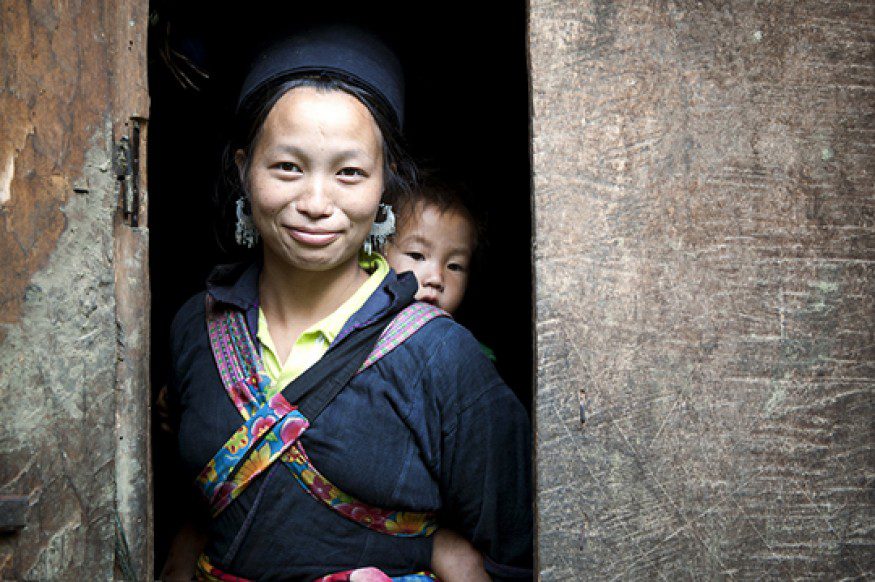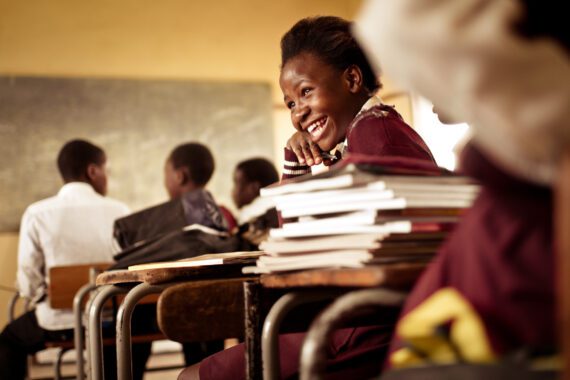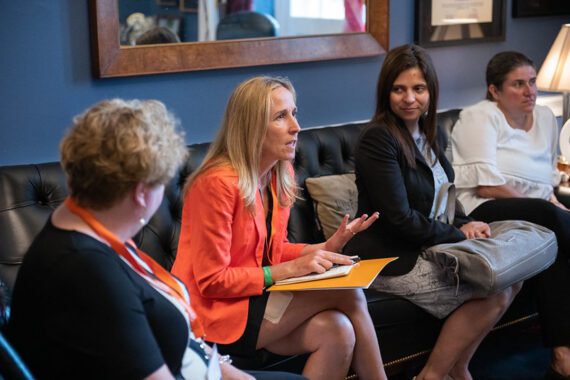By Faustine Wabwire
One year ago, in September 2015, world leaders and citizens adopted the 2030 Agenda for Sustainable Development — a transformative plan of action based on a set of 17 Sustainable Development Goals(SDGs). It seeks to end hunger and extreme poverty, make societies more equitable by reducing inequality, and better protect the environment. The world began to implement this ambitious agenda on January 1, 2016. Leaders and citizens are now tasked with making progress on urgent global problems every year from 2016 to 2030. The deadline set to achieve the SDGs is December 31, 2030.
This past year has given all stakeholders additional insight as to what it will take to achieve the 2030 Agenda and how it differs from its predecessor, the Millennium Development Goal (MDG) framework, which was the first-ever global effort to set and meet development goals. The SDG Agenda builds on the success of the MDGs, but it is a different kind of road map in several ways.
The SDG Agenda is universal. That is, it applies to all countries. This is significant for the United States, where one in five children lives in a household that is food-insecure. The SDG Agenda sets out to create a world in which, no matter where they live, no child has to go to school hungry and no mother has to choose which child to feed. Reflecting the reality that every country has room for improvement, the SDGs are framed in a comprehensive way that enables countries of all incomes to set national targets.
The universality aspect of the SDGs comes at an opportune time — the demographics of extreme poverty have changed considerably since 1990, the baseline year for the MDGs. In 1990, more than 90 percent of all poor people lived in low-income countries. Today, more than 70 percent of all poor people live in middle-income countries. This is potentially good news, because middle-income countries have better access to the resources needed to meet the SDGs. But the only way to achieve the SDG’s “motto,” Leave No One Behind, is for these countries to join with all others in identifying ways to embed the SDG Agenda in their national policies and plans.
Over the past decade, significant progress has been made in achieving global goals such as food and nutrition security, gender equality, and access to education. But there is a long way to go. Numerous threats — including climate change, humanitarian crises that have displaced millions of people, and infectious diseases such as Ebola and Zika — threaten to reverse global, national, and/or community gains. Political and financial resources are needed to respond to high unemployment rates, particularly among youth; rising inequality both among countries and within many of them; and a slowed global economy.
In addition to listing individual goals as the MDG framework did, the 2030 Agenda calls for integrating three dimensions of sustainable development — economic, social, and environmental — in a comprehensive global vision. It puts far more emphasis on how issues are connected with each other. Progress on one goal must generally be accompanied by progress on others.
The 2030 framework also introduces a detailed “How to Get There” approach, with strong emphasis on three aspects of making its vision a reality: Means of Implementation, Technology, and Capacity Building. As Bread for the World Institute has emphasized, strengthening the capacity of local institutions is the bedrock of sustainable development outcomes. It requires data and strong local capacity to provide an evidence base to support effective policymaking.
For example, minimizing the threat posed by climate change to the goal of ending hunger will require not only that all governments commit to fully implementing the Paris Agreement, but that national governments, the private sector, and civil society forge accountable multi-stakeholder approaches to designing agricultural policies and programs.
One year after its adoption, it’s worth asking how the SDG Agenda is evolving. Preliminary evidence shows that there is immense need for better data to identify gaps and track progress. Most low-income countries have weak statistical systems, making it difficult to assess the well-being of vulnerable and often marginalized populations.
For example, the available evidence suggests that children from the poorest households and rural areas in a given country are more than twice as likely to be stunted as their peers from the wealthiest families, but data that would confirm the accuracy of this understanding and enable countries to track the progress of efforts to improve nutrition among their poorest families is rarely systematically collected. This is why the U.N. Statistical Commission has initiated a process for developing a framework to measure the success of the 17 SDGs and the 169 targets they contain.
Such data and methodological challenges can be overcome, but only if political leaders and communities are motivated to do so. The momentum generated by a truly global effort to bring “all hands on deck” to tackle these problems will help to build and sustain political will that is strong enough to carry the world through to 2030 with substantial progress toward, if not full achievement of, all 17 SDGs.
Faustine Wabwire is senior foreign assistance policy analyst at Bread for the World Institute.



